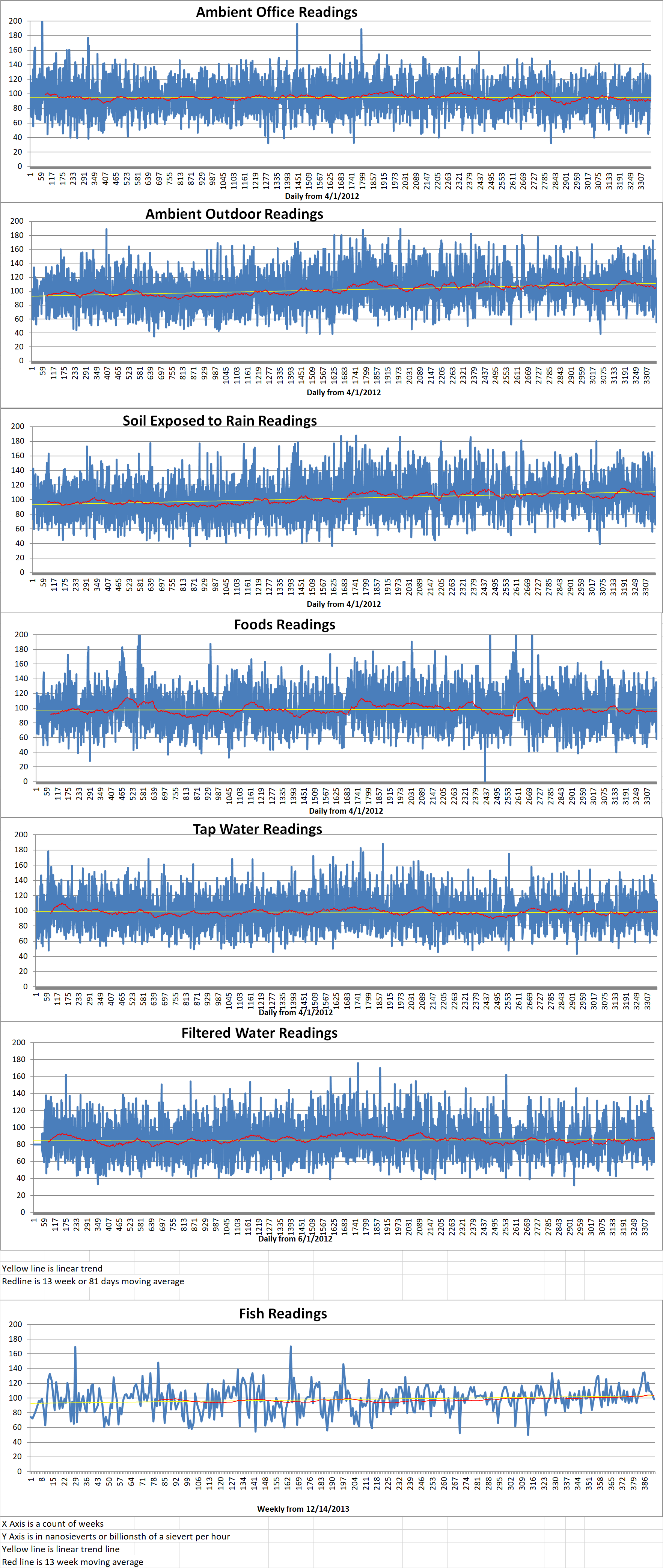People have been fascinated by humanoid robots for a long time. In Greek mythology, Hephaestus, the blacksmith of the gods on Mount Olympus built mechanical servants and patrol dogs. Down through the centuries, humanoid and animal robots appear again and again in fiction and engineering. While a great deal of research and development is dedicated to creating ever more realistic simulations of real humans, robot animals have also enjoyed an explosion of development. Like humanoid robots, animal robots that duplicated living animals have many benefits.
There is a robot dog design that has been developed by Boston Dynamics (BD) that they call Spot. There have been a lot of videos released of the amazing things that the robot is capable of, and more features and abilities are being rapidly added. Spot went into production recently and is now for sale. They are not cheap but are already being purchased and put to work.
Recently, BD collaborated with Createc engineering consultants and the U.K. Atomic Energy Authority (UKAEA) in three days of demonstration and testing of the use of a Spot robot for nuclear plant inspection and maintenance at Calder Hall, a former U.K. nuclear power plant which is being decommissioned. Calder Hall is part of the big Sellafield multi-function nuclear site near Seascale on the coast of Cumbria, England.
The use of robotic equipment is not new at Sellafield. A whole fleet of land, air, and underwater autonomous vehicles has already been contributing to the decommissioning and clean-up of the site. Using robots instead of humans for plant maintenance removes the risk of radiation exposure for nuclear plant workers. Any equipment being considered for use at nuclear power plants must be thoroughly tested.
The Spot robot was tested in the Calder Hall plant’s complex turbine hall. If Spot performs satisfactorily, it could be added to Sellafield’s existing fleet of robots for inspections and data collection across the site.
Ray Chunilal is the head of robotics and artificial intelligence for Sellafield. He said, “Our mission is to create a clean and safe environment for future generations. Robots like Spot are an integral part of our future. They offer us a way of getting jobs done in hazardous environments while keeping people out of harm’s way. Robots are excellent at performing repetitive and time-consuming tasks. This allows us to free up our people to undertake more fulfilling work contributing to our purpose: creating a clean and safe environment for future generations. Spot’s active demonstration has given us great insight into its capabilities. We’ll now study the findings before we take a decision on whether to deploy this technology at Sellafield.”
Guy Burroughes is a senior control systems engineer at UKAEA. He said, “We’ve been using Spot for over a year in our work to develop robotics for challenging environments like nuclear facilities. We were delighted to bring this experience to support the trials at Sellafield and hope it can lead to safer, more efficient decommissioning.”
Will Newsom is the head of nuclear at Createc. He said,” Spot is the ideal tool to deploy equipment into industrial environments which have been designed for bipedal human exploration only. It will be an important part of the toolset to add to Sellafield’s remote-operations capability. We are working with BD as their preferred partner for nuclear applications to deliver this cutting-edge technology and integrate new capabilities, making the solution business-as-usual for our customers.”






